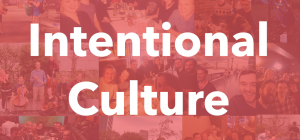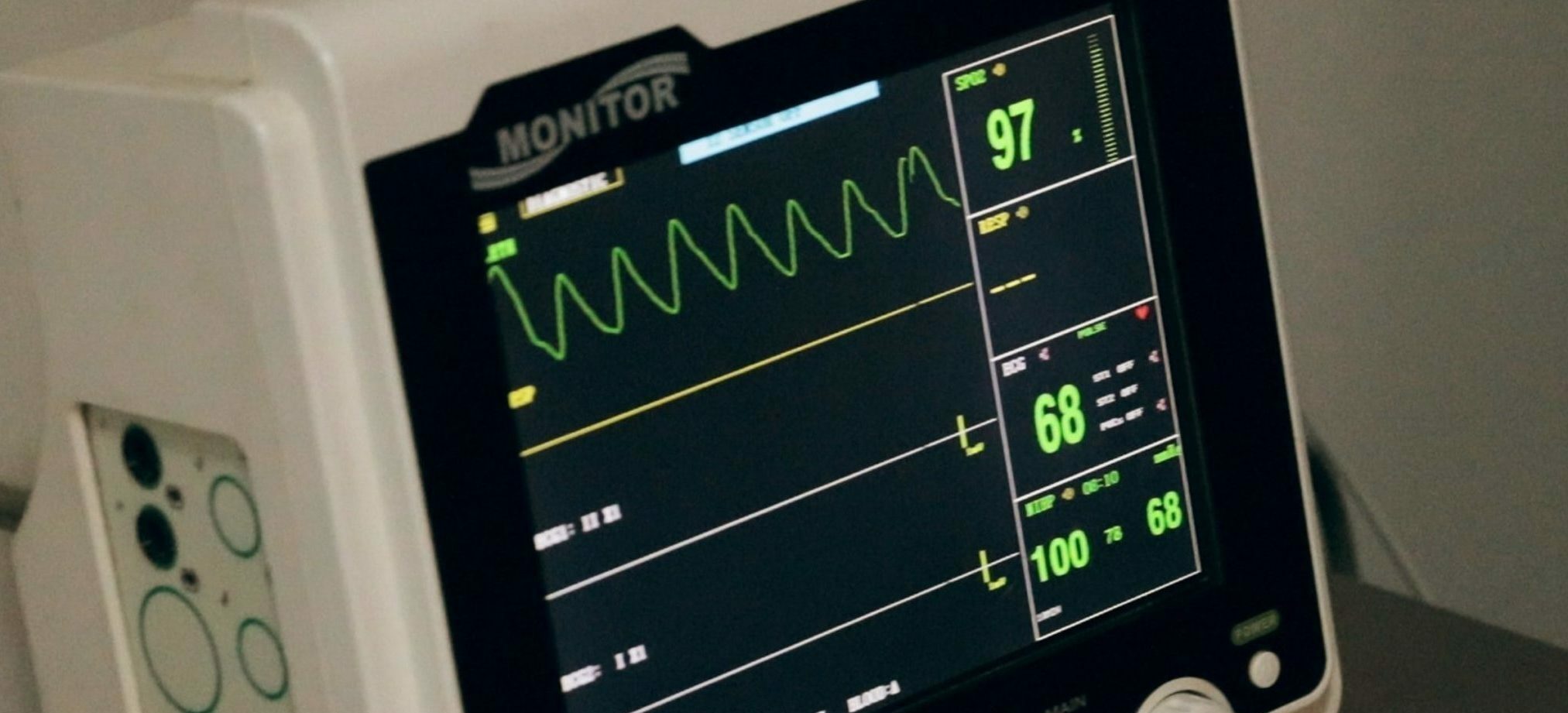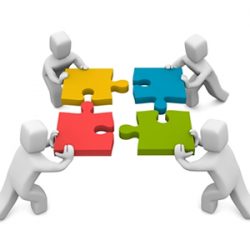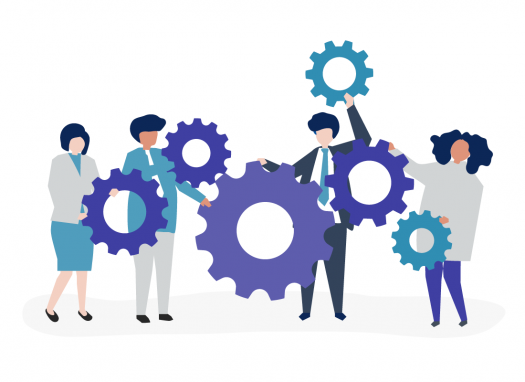ASSESSMENT LIBRARY
Below are the current assessment titles and the statement categories within each.
For access to the statements within each category, please sign in or create your account.
(Your email and related information will never be shared or sold.)

Core Team Values SNAPSHOT
Categories Covered:
- Optimism
- Confidence
- Camaraderie
- Continuous Improvement Mindset
- Creativity

Intentional Culture SNAPSHOT
Categories Covered:
- Recognition & Acknowledgement
- Adaptability
- Attitude
- Team Unity
- Creativity
- Trust & Respect
- Connectivity
- Team Effectiveness
- Leadership
- Collaboration

Leadership Team Alignment SNAPSHOT
Categories Covered:
- Change
- Simplicity
- Servant Leadership / Support
- Unity / Collaboration
- Clarity of Roles, Goals and Expectations

ORGANIZATIONAL Team SNAPSHOT
Categories Covered:
- Sense of Team
- Emotional Support
- Tools
- Perspective
- Overall Support
- Direction
- Goals
- Outlook & Predictions
- Encouragement
- Care & Concern

ORGANIZATIONAL Health SNAPSHOT
Categories Covered
- Trust
- Communication
- Processes
- Leadership & Change
- Interaction

Preventing Team Burnout SNAPSHOT
Categories Covered:
- Teamwork / Collaboration
- Workload
- Safeguarding / Supporting
- Communications
- Systems
- Leading & Managing

Team Alignment SNAPSHOT
Categories Covered:
- Relationships
- Processes
- Leadership
- Unity and Focus
- Customer Connection

Team Culture SNAPSHOT
Categories Covered
- Trust & Respect
- Communication
- Work Processes
- Leadership
- Collaboration

Team Elements SNAPSHOT
Categories Covered:
- Communication
- Culture
- Self-Management
- Trust and Cooperation
- Action and Outcomes
